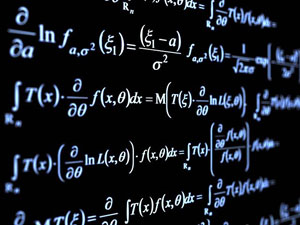The transformation equations

where we assume that
,
,
are continuous, have continuous partial derivatives and have a single-valued inverse establish a one to one correspondence between points in an

rectangular coordinate system. In vector notation the transformation (17) can be written

A point
can be defined not only by rectangular coordinates
but by coordinates
as well. We call
the curvilinear coordinates of the point.
If
and
are constant, then as
varies,
describes a curve which we call the
coordinate curve. Similarly we define the
and
coordinate curves through
.
From (18), we have

The vector
is tangent to the
coordinate curve at
. If
is a unit vector at
in this direction, we can write
where
. Similarly we can write
and
, where
and
respectively. Then (19) can be written

The quantities
,
,
are sometimes called scale factors.
If
,
,
are mutually perpendicular at any point
, the curvilinear coordinates are called orthogonal. In such case the element of arc length
is given by

and corresponds to the square of the length of the diagonal in the above parallelepiped.
Also, in the case of orthogonal coordinates the volume of the parallelepiped is given by

which can be written by

where

is called the Jacobian of the transformation.
It is clear that when the Jacobian is identically zero there is no parallelepiped. In such case there is a functional relationship between
,
and
, i.e. there is a function
such that
identically.
Orthogonal curvilinear coordinates. Jacobians

